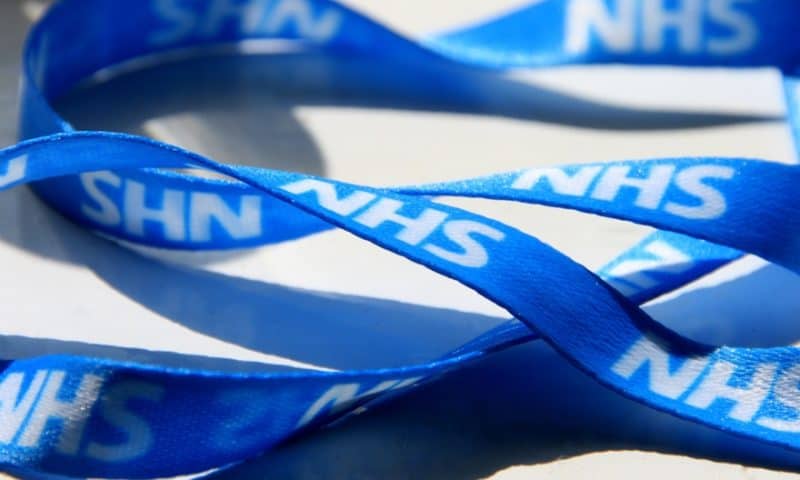The U.K. is continuing to chip away at the backlog of patients waiting for routine medical care through the National Health Service (NHS), a pile-up that was hugely exacerbated by the COVID-19 pandemic and could potentially be further worsened by the upcoming cold and flu season.
Approximately 1.5 billion diagnostic tests are conducted in England each year, according to the NHS, which is hoping that digitizing the process will improve efficiency across the entire health service. According to data released in October, NHS wait times continue to set new records, with 5.72 million on the waitlist as of August. Nearly 300,000 patients have been waiting more than a year to receive care, a 236-fold increase compared to August 2019.
The agency’s latest efforts are backed by an investment of 248 million pounds, or about $337 million, from the government. That funding has been earmarked specifically for technological improvements to the NHS’ diagnostic services, with a goal of streamlining the entire process of ordering, performing and reviewing tests to detect and begin treating health conditions as early as possible.
Among the new investments will be the installation of a new software tool that analyzes a patient’s individual symptoms and medical history to help their healthcare providers order only the most appropriate tests or scans.
Another of the NHS’ upgrades will introduce new technology that gives radiologists remote access to imaging data around the clock, allowing them to review X-rays and other scans and make diagnoses without needing to go into the imaging lab, speeding up the time between when a test is ordered and treatment can begin.
“Today’s multimillion-pound investment will play a big role in leveling up diagnostics services across the country so patients can get faster results and healthcare professionals can get their job done more easily, reducing unnecessary administrative burden and making every taxpayer’s pound count,” Sajid Javid, the U.K.’s secretary of state for health and social care, said in a statement.
“Getting a faster diagnosis for a health condition is the first step to getting more people the treatment they need and earlier on, and our funding will help ensure our NHS has access to the latest digital technology to drive up efficiency,” Javid continued.
The nearly 250 million pound investment follows the government’s previous commitment of a whopping 2.3 billion pounds, or about $3.1 billion, to be spent on establishing new “one-stop-shop” diagnostic centers across England over the next three years.
At least 100 of these centers will be opened during that time. With a referral from their doctors, patients can visit the diagnostic centers seven days a week for easy access to potentially life-saving checks, scans and tests.
“The NHS is facing a winter like no other with rising cases of COVID and flu as well as record demand for emergency services, all while we continue to deliver the biggest vaccination program in health service history, including rolling out booster jabs for the most vulnerable,” said Stephen Powis, medical director of the NHS.
“However, NHS staff are making efficient use of additional funding and, following the recent rollout of new diagnostic centers, the number of patients waiting for a diagnostic test is falling for the first time in a year, meaning more people are getting the checks they need and, if required, are able to begin treatment sooner,” Powis said.

